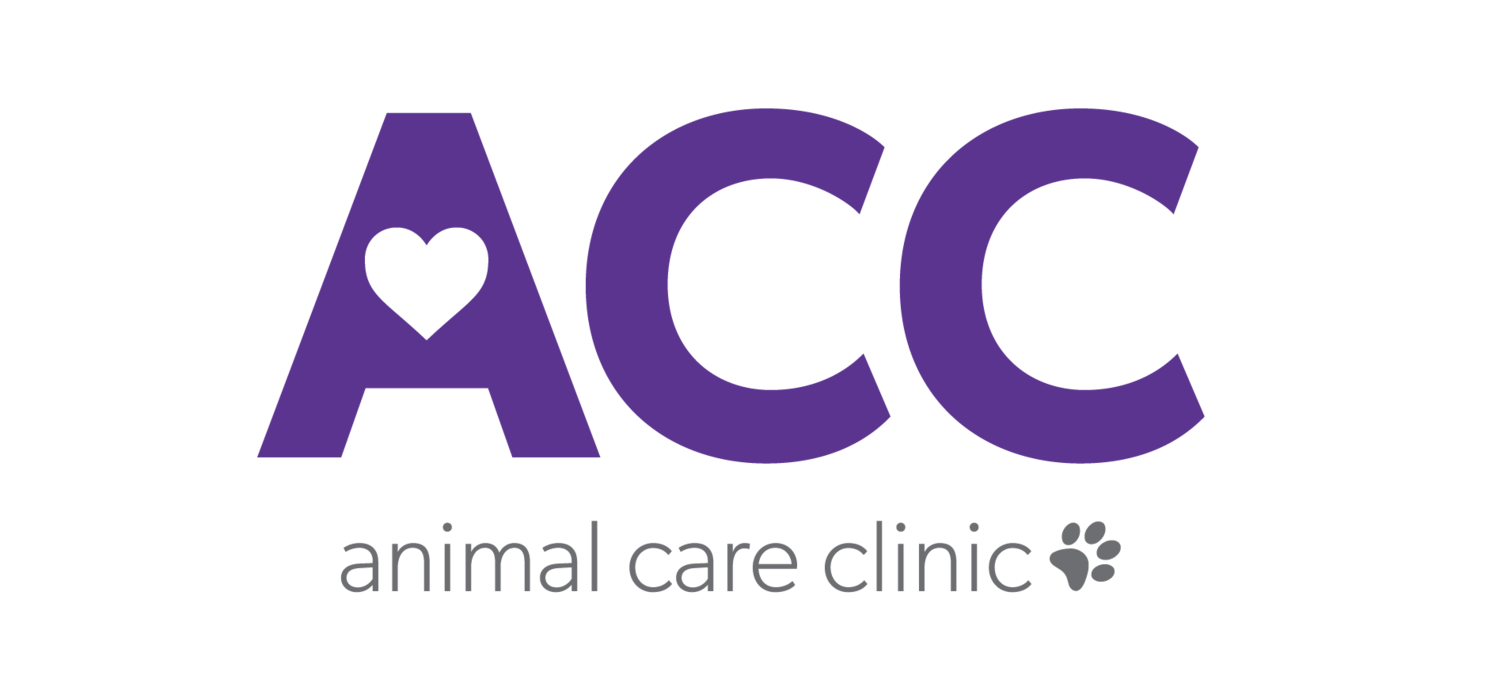Dogs can’t tell us when something feels off—but their skin often does.
From itching and flaking to strange smells or redness, dog skin problems are among the most common reasons pet owners seek veterinary help. While some skin issues in dogs are minor and easy to treat, others may indicate deeper health concerns that require professional care.
As experts in dermatology, we understand the importance of recognizing and addressing skin conditions in dogs early. Below, we’ll walk you through the most frequent skin problems, their causes, and how to help your pup stay healthy and itch-free.
Why Are Skin Conditions So Common in Dogs?
Dogs explore their world through their fur, paws, and snouts—constantly encountering allergens, irritants, and parasites. Combined with their naturally sensitive skin, this exposure makes them especially prone to skin issues. Regular skin checks—such as under the collar, in skin folds, and between the toes—can help detect early signs of dog skin problems before they worsen.
Common triggers include:
Environmental and food allergies
Insect bites or flea infestations
Harsh grooming products
Weather changes
Poor nutrition or frequent bathing
7 Most Common Dog Skin Problems
Below are the most frequently diagnosed skin conditions in dogs, how to spot them, and what you can do to manage them:
1. Allergies (Environmental or Food-Based)
Symptoms:
Persistent itching or licking
Red or inflamed skin
Ear infections
Chewing on paws
These types of dog skin issues often require allergy testing, dietary changes, or prescription medications from your vet.
2. Fleas and External Parasites
Symptoms:
Scratching near the tail or neck
Hair thinning or loss
Tiny black specks (flea dirt) on the skin
Flea prevention is essential. Monthly treatments can help avoid recurring skin problems in dogs.
3. Hot Spots (Acute Moist Dermatitis)
Symptoms:
Red, raw, or moist skin patches
Licking or biting the same area
Foul odor or pus in severe cases
Treatment includes trimming the area, keeping it dry, and applying medicated creams.
4. Yeast Infections
Often appear in ears, paws, or skin folds.
Symptoms:
Musty smell
Greasy, thickened skin
Red or pink discoloration
Topical antifungal cream or medicated shampoos may be recommended for these common skin conditions in dogs.
5. Bacterial Infections (Pyoderma)
Often secondary to allergies or broken skin.
Symptoms:
Pustules or pimples
Scabbing
Hair loss
Antibiotics or medicated cleansers are often necessary for treatment.
6. Dry Skin and Dandruff
Symptoms:
Flaky or cracked skin
Rough patches
Increased scratching, especially in colder months
Moisturizing shampoos, better nutrition, and omega-3 supplements can ease dry skin issues in dogs.
7. Mange (Mites)
Symptoms:
Intense itching
Crusty or scabbed skin
Bald spots, especially on the face or limbs
A skin scraping test from your vet can confirm mange, and prescription treatment will follow.
When to See the Vet for Dog Skin Issues
While minor irritations may resolve at home, you should consult a vet if:
Sores are not healing
There's bleeding, pus, or a foul odor
Your dog is hiding or acting unusually irritable
Hair is falling out in clumps
Skin problems worsen or return frequently
Some dog skin problems may be linked to internal issues like thyroid dysfunction or autoimmune disease, which require medical attention.
How to Prevent Skin Problems in Dogs
Preventing skin issues in dogs starts with daily care and good habits:
Bathe and groom regularly with vet-approved products
Use monthly flea and tick prevention
Feed a nutritious, balanced diet
Clean bedding and toys weekly
Schedule annual wellness exams
Keep Your Dog Comfortable and Itch-Free
Dog skin problems can be frustrating—but they’re often manageable with proper care and early intervention. Whether it’s allergies, infections, or parasites, being proactive can help your pet live a more comfortable life.
If you ever notice anything unusual about your dog’s skin, don’t wait. Reach out to us at Animal Care Clinic to schedule an appointment.
Healthy skin means a happier dog.

